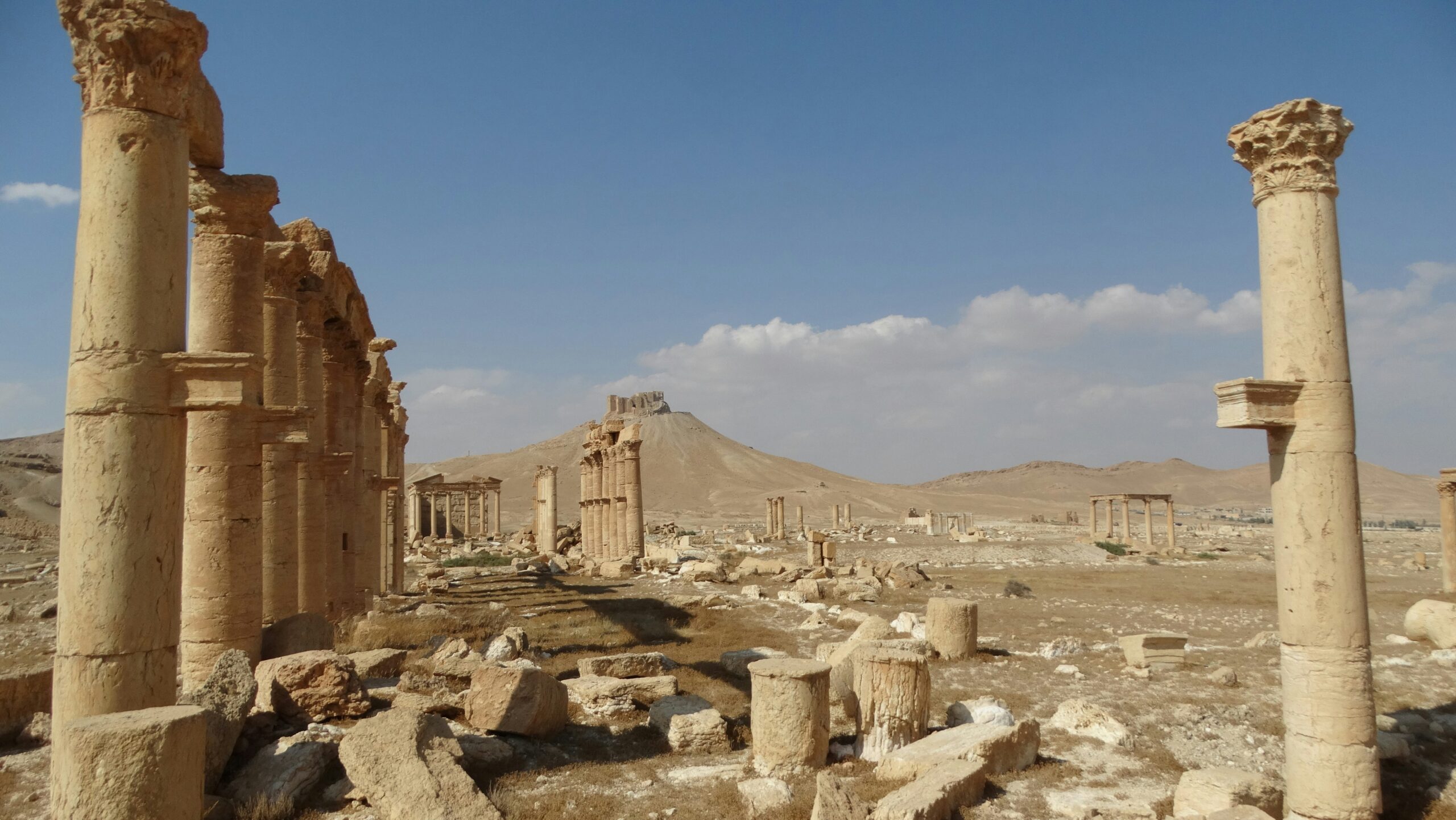
The Middle East’s Once-Inaccessible Ancient Wonder
The Middle East is home to a plethora of ancient wonders that have captivated the imaginations of people around the world for centuries. From the towering pyramids of Egypt to the magnificent ruins of Petra in Jordan, these sites offer a glimpse into the rich history and cultural heritage of the region. However, there is one ancient wonder that, until recently, remained largely inaccessible to the public: the ancient city of Palmyra.
The Lost City of Palmyra
Situated in present-day Syria, Palmyra was once a thriving city along the Silk Road, the ancient trade route that connected the East and the West. Known for its impressive architecture and unique blend of Roman, Greek, and Persian influences, Palmyra was a center of commerce and culture in the ancient world.
Unfortunately, the city fell into decline and was eventually abandoned in the 6th century. Over the centuries, Palmyra became buried beneath the desert sands, its existence fading into myth and legend.
Rediscovery and Restoration
In the early 20th century, Palmyra began to emerge from the sands as archaeologists embarked on expeditions to uncover its hidden treasures. Excavations revealed a city frozen in time, with well-preserved temples, colonnades, and tombs that showcased the architectural brilliance of its heyday.
However, the true restoration and preservation of Palmyra’s ancient structures began in the 21st century. Tragically, the city became a casualty of the Syrian Civil War, with extremist groups occupying the area and causing extensive damage to its archaeological sites.
Despite the destruction, efforts to restore Palmyra have persisted. International organizations, such as UNESCO, have worked alongside local authorities to assess the damage and develop plans for reconstruction. The goal is not only to rebuild the physical structures but also to revive the spirit of Palmyra as a symbol of cultural heritage and resilience.
A Symbol of Cultural Heritage
Palmyra’s significance extends beyond its architectural splendor. It represents the shared heritage of humanity and serves as a reminder of the importance of preserving our collective history. The city’s diverse influences reflect the interconnectedness of civilizations and the exchange of ideas that shaped our world.
By restoring Palmyra, we are not only rebuilding a city but also reclaiming a piece of our global heritage. It is a testament to the power of collaboration and the resilience of the human spirit in the face of adversity.
Visit Palmyra
As the restoration efforts continue, Palmyra is slowly opening its doors to visitors once again. While the security situation in the region remains a concern, guided tours are being organized to allow people to experience the awe-inspiring beauty of this ancient wonder.
Visitors to Palmyra can wander through the colonnaded streets, marvel at the well-preserved temples, and explore the intricately decorated tombs. The city’s archaeological museum also offers a glimpse into the history and culture of Palmyra, displaying artifacts that have been recovered from the site.
It is important to note that visiting Palmyra is not only an opportunity to witness the grandeur of the past but also a way to support the ongoing restoration efforts. Tourism plays a vital role in generating revenue for the maintenance and preservation of these ancient sites.
Preserving Our Past for the Future
Palmyra stands as a testament to the resilience of human history and the importance of preserving our past for future generations. Through restoration and responsible tourism, we can ensure that this once-inaccessible ancient wonder continues to inspire and educate for years to come.


